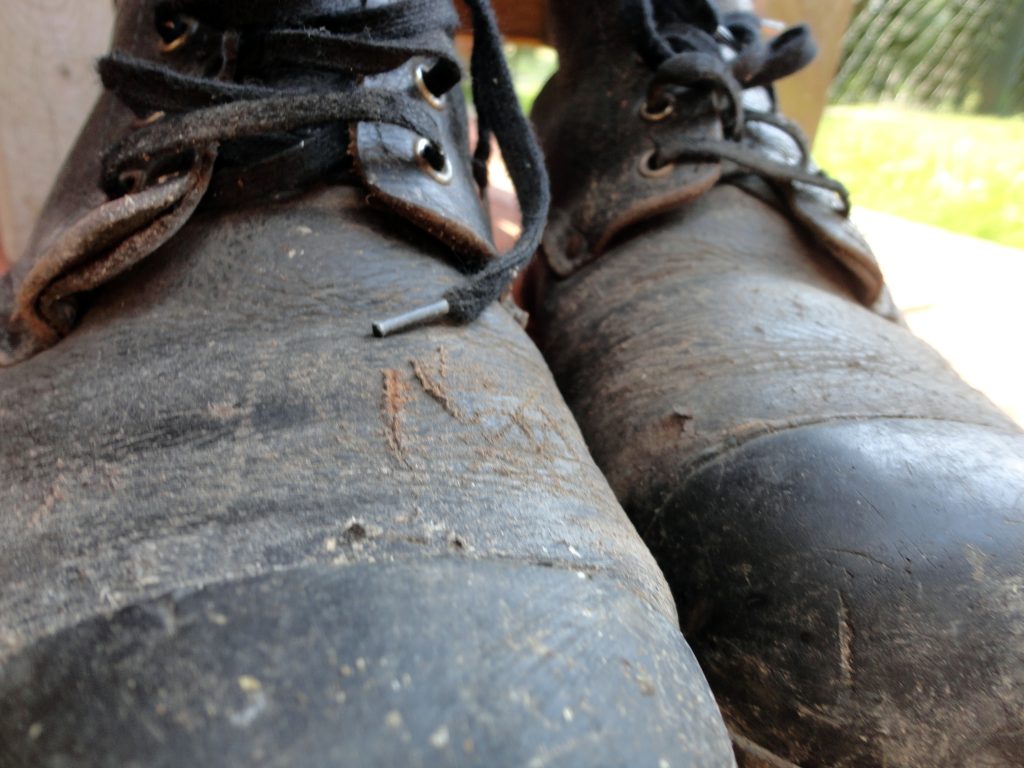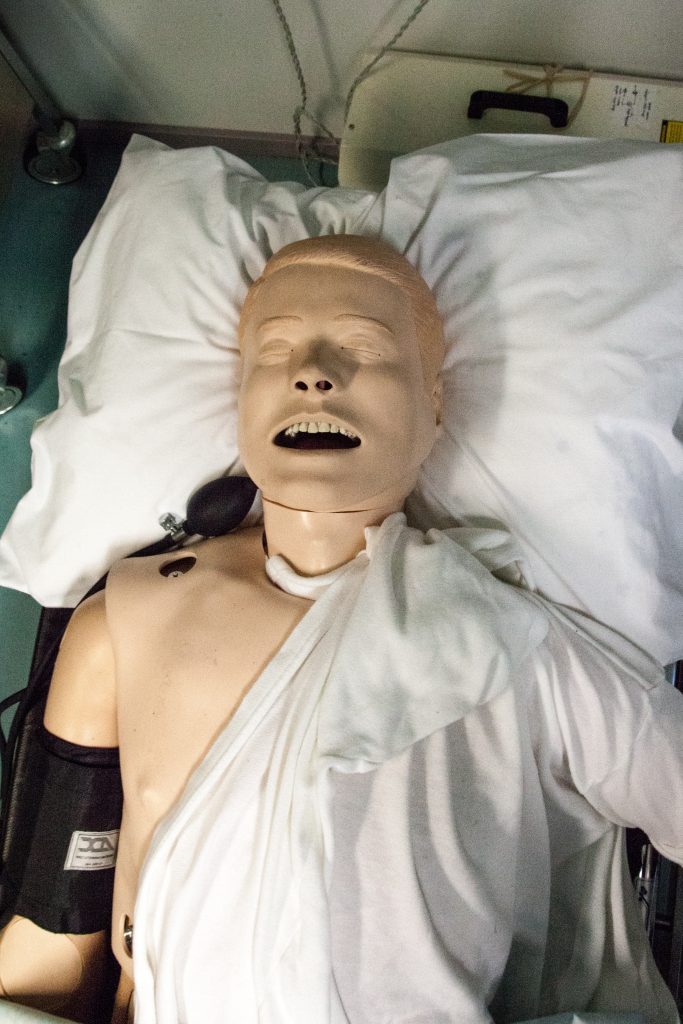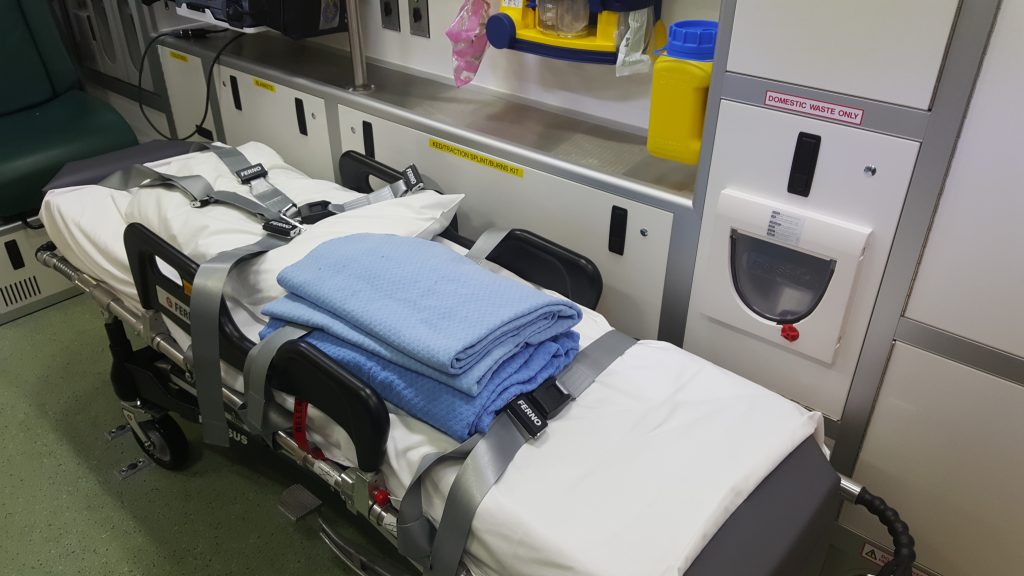 Imagine waking up one day and finding yourself out of a job simply because you are pregnant. This was the reality for Eryon Luke, as she claimed that her former employer, CPlace Forest Park SNF, LLC, fired her due to her pregnancy. This case, which attracted significant attention in legal circles, presents a deep dive into pregnancy discrimination lawsuits, exploring the application of state and federal laws and their impact on the employer-employee relationship.
Imagine waking up one day and finding yourself out of a job simply because you are pregnant. This was the reality for Eryon Luke, as she claimed that her former employer, CPlace Forest Park SNF, LLC, fired her due to her pregnancy. This case, which attracted significant attention in legal circles, presents a deep dive into pregnancy discrimination lawsuits, exploring the application of state and federal laws and their impact on the employer-employee relationship.
Luke held a position as a Certified Nursing Assistant with Forest Park before her dismissal. Her employment was terminated during her maternity leave, which she contends was an act of discrimination by her employer. She asserted that Nottingham terminated her because she was pregnant, violating federal and Louisiana state laws.
To explain, under Louisiana law concerning unlawful employment practices, an employee with covered limitations, such as in this case, is allowed to take leave under any leave law or policy of the employer if another reasonable accommodation can be provided to the known limitations for medical needs arising from pregnancy, childbirth, or related medical conditions. LA Rev Stat § 23:342. Luke also claimed that Nottingham refused her request for a temporary, less strenuous role during her pregnancy, which she argued was another unlawful employment practice.
 Louisiana Personal Injury Lawyer Blog
Louisiana Personal Injury Lawyer Blog


 Should an employer continue to pay for work-related injuries even after an employee has “fully recovered”? At issue is a decision that terminated an employee’s entitlement to certain benefits. After the employee suffered a work-related injury and received temporary total disability benefits, her former employer, The Walgreen Company, filed a motion to modify the judgment. This led to litigation and a subsequent appeal.
Should an employer continue to pay for work-related injuries even after an employee has “fully recovered”? At issue is a decision that terminated an employee’s entitlement to certain benefits. After the employee suffered a work-related injury and received temporary total disability benefits, her former employer, The Walgreen Company, filed a motion to modify the judgment. This led to litigation and a subsequent appeal. When you enter a store or place of public accommodation as a customer, there is a certain expectation of safety. Many customers expect stores to provide clean bathrooms and a slip-free environment. This, however, was not the case for Valencia Lewis when she was walking through a New Orleans casino.
When you enter a store or place of public accommodation as a customer, there is a certain expectation of safety. Many customers expect stores to provide clean bathrooms and a slip-free environment. This, however, was not the case for Valencia Lewis when she was walking through a New Orleans casino.  The prospect of undergoing medical procedures carries inherent risks; sometimes, unfortunate incidents can lead to injuries. In such cases, individuals can pursue medical malpractice claims to seek compensation for damages. A crucial aspect of these claims is presenting the appropriate evidence and adhering to procedural requirements. A telling illustration of the importance of these procedures is found in a lawsuit involving Elliott R. James and Lakeview Medical Center, LLC. This case underscores the significance of following legal protocols and obtaining substantial evidence to bolster a medical malpractice claim.
The prospect of undergoing medical procedures carries inherent risks; sometimes, unfortunate incidents can lead to injuries. In such cases, individuals can pursue medical malpractice claims to seek compensation for damages. A crucial aspect of these claims is presenting the appropriate evidence and adhering to procedural requirements. A telling illustration of the importance of these procedures is found in a lawsuit involving Elliott R. James and Lakeview Medical Center, LLC. This case underscores the significance of following legal protocols and obtaining substantial evidence to bolster a medical malpractice claim. Before accepting a job, it is essential to review all policies provided to you by your potential employer, as these policies may not always be in your best interest. The following East Baton Rouge case demonstrates what may or may not be considered a “wage” payable at the end of employment.
Before accepting a job, it is essential to review all policies provided to you by your potential employer, as these policies may not always be in your best interest. The following East Baton Rouge case demonstrates what may or may not be considered a “wage” payable at the end of employment.  Imagine being wrongfully arrested and seeking justice for the harm caused. This was the situation for Joe Bridges III, Jordan M. Bridges, and Branden J. Herring, who filed a lawsuit for damages after an arrest on July 30, 2011. The plaintiffs initiated the lawsuit by filing a petition for damages on July 20, 2012. The defendants named in the petition included the Baton Rouge Police Department, the City of Baton Rouge, and several individual police officers.
Imagine being wrongfully arrested and seeking justice for the harm caused. This was the situation for Joe Bridges III, Jordan M. Bridges, and Branden J. Herring, who filed a lawsuit for damages after an arrest on July 30, 2011. The plaintiffs initiated the lawsuit by filing a petition for damages on July 20, 2012. The defendants named in the petition included the Baton Rouge Police Department, the City of Baton Rouge, and several individual police officers. The challenges posed by mental and physical disabilities can place immense strain on families, particularly when the affected individual is unaware or unable to acknowledge their condition. When individuals face difficulties managing their health, personal matters, finances, and business affairs due to mental incapacity, they must take legal steps to protect their interests. During such trying times, the guidance of a skilled lawyer can alleviate some of the pain and stress that families experience.
The challenges posed by mental and physical disabilities can place immense strain on families, particularly when the affected individual is unaware or unable to acknowledge their condition. When individuals face difficulties managing their health, personal matters, finances, and business affairs due to mental incapacity, they must take legal steps to protect their interests. During such trying times, the guidance of a skilled lawyer can alleviate some of the pain and stress that families experience.  It’s pretty common for large corporations to conduct business across multiple state lines. So, too, it’s expected that employees for these types of companies will also have connections with multiple states based on their employment with the corporation. In these situations determining which state and Court has jurisdiction over legal claims when such issues arise can become an incredibly fact-specific inquiry. This was the case for one Workers’ Compensation Judge (“WCJ”), who found that the Office of Workers’ Compensation (“OWC”) located in Lafayette, Louisiana had subject matter jurisdiction to decide the legal claims of a former Tyson-employed truck driver.
It’s pretty common for large corporations to conduct business across multiple state lines. So, too, it’s expected that employees for these types of companies will also have connections with multiple states based on their employment with the corporation. In these situations determining which state and Court has jurisdiction over legal claims when such issues arise can become an incredibly fact-specific inquiry. This was the case for one Workers’ Compensation Judge (“WCJ”), who found that the Office of Workers’ Compensation (“OWC”) located in Lafayette, Louisiana had subject matter jurisdiction to decide the legal claims of a former Tyson-employed truck driver. When medical emergencies strike, the rapid response of emergency medical technicians (EMTs) can mean the difference between life and death. However, the high-pressure nature of their role can also give rise to complex legal questions when outcomes take a tragic turn. Richard Miller’s case sheds light on the intricate landscape of EMT liability, illuminating the balance between legal protections afforded to these healthcare professionals and the pursuit of justice for patients and their families. It also helps answer the question: Can an emergency medical technician or their employer be held liable when things go wrong?
When medical emergencies strike, the rapid response of emergency medical technicians (EMTs) can mean the difference between life and death. However, the high-pressure nature of their role can also give rise to complex legal questions when outcomes take a tragic turn. Richard Miller’s case sheds light on the intricate landscape of EMT liability, illuminating the balance between legal protections afforded to these healthcare professionals and the pursuit of justice for patients and their families. It also helps answer the question: Can an emergency medical technician or their employer be held liable when things go wrong?  When multiple people are injured in the same incident, you might expect they are all eligible to recover the same type of damages, even if the precise dollar amount varies. This case indicates how the categories of damages awarded can vary by plaintiff, depending on the testimony and other evidence presented at trial.
When multiple people are injured in the same incident, you might expect they are all eligible to recover the same type of damages, even if the precise dollar amount varies. This case indicates how the categories of damages awarded can vary by plaintiff, depending on the testimony and other evidence presented at trial.